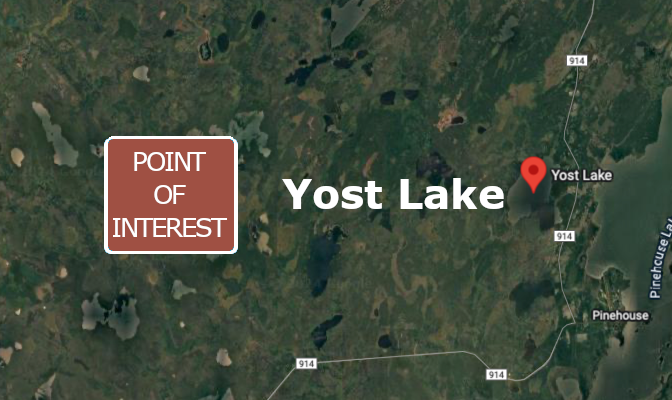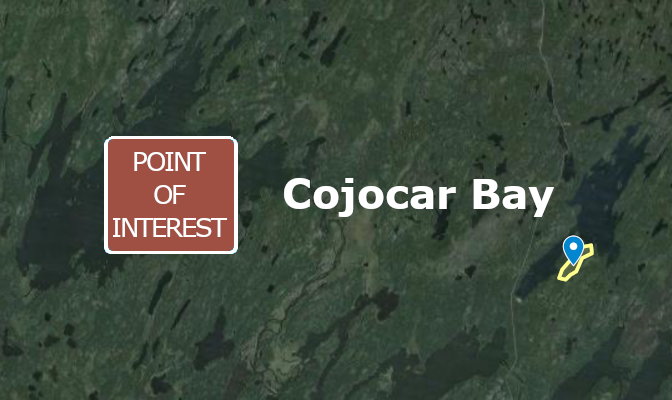The town of Kayville, Saskatchewan located approximately 86km southwest of the Saskatchewan provincial capital city Regina was one of the many small towns that sprung up in the new province to receive immigrants who would settle the Canadian west.
While Kayville was central to the story of my family the book Romanians in Canada (See more in Family History Collections) documents that the following towns figured prominently in Romanian immigrant settlement in Saskatchewan:
- Assiniboia
- Avonlea
- Battleford
- Blaine Lake
- Canora
- Dahinda
- Dysart
- Flintoft
- Humboldt
- Kayville
- Kindersley
- Last Mountain
- Lennard
- Lipton
- MacKenzie
- MacNutt
- Maple Creek
- Moose Jaw
- North Battleford
- Prince Albert
- Qu’Appelle
- Regina
- Saltcoats
- Saskatoon
- Shell Valley
- Swift Current
- Weyburn
- Wood Mountain
How did Kayville spring into being?
Rupert’s Land and the Northwest Territories
In advance of most settlement the representatives of Queen Victoria, British Parliament and the Canadian Government were busily drawing lines on maps and planning expansion of Canada to the Pacific Ocean. The Kayville area was originally part of Rupert’s Land which was managed by the Hudsons Bay Company until 1870 when Canada purchased the rights to it. This area was then merged with the northern area, Northwest Territories, already claimed by Great Britain.
Even as these changes to the maps were being drawn there was great concern over the unchecked influx of Americans into the region. The concern was that the United States of America would lay claim to parts of the Northwest Territories if it continued to be unmanaged and undefended. Even though the Hudson’s Bay Company had been charged by Great Britain with keeping order in the old Rupert’s Land as part of their agreement, control had begun to unravel in the last years as people had begun moving to the area and some took advantage of the weak reach of the law. Why didn’t the British just send an army in and bring order and civilization? They couldn’t by their own law.
Treaty Four
In what might be one of the last respectable things done for aboriginals the British were bound by King George III’s Royal Proclamation of 1763 which stopped them from settling the region. The Proclamation of 1763 basically said that there would be no large-scale settlement on aboriginal land by non-aboriginals without prior negotiation of a treaty.
After the purchase of Rupert’s Land a process began in earnest in 1871, ending in 1921, treaties were negotiated with the aboriginals. The Kayville area was covered under the terms of the 1874 Treaty Four “The Qu’appelle Treaty” which was negotiated with the Cree and the Saulteaux bands of the Ojibwa and the Assiniboine peoples who were all beginning to notice that the buffalo and other animals that they depended on were noticeably declining. The natives thought that by negotiating for some land of their own, guarantees of income and being able to still wander the land hunting was going to be a good deal. Little did they know…
With treaties in-place the new territories began to see an influx of civilization. Settlers, surveyors, politicians and law-enforcement in the form of the new North-West Mounted Police (NWMP) began to enter the region and began laying the groundwork for large-scale settlement. In less than ten years after the signing of the numbers treaties Canada’s trans-national railway had raced across the country and joined the east cost to the west. The threat of American claims to the western Canada had been eliminated.
Birds of a Feather
Personally I think that many of the Romanian immigrants during this era were largely from the Suceava region of Romania. I think they often knew each other and when they heard that there was an opportunity to live in an area populated with familiar people who spoke the same language and had the same values they felt they had to go there.
A small population of Romanian immigrants were initially gathering in the region around Rouleau, Saskatchewan in the earliest of the 1900’s. As the number of immigrants rose after 1905 the land around Rouleau was already claimed and new settlers began taking homesteads further south. Some sort of balance tipped, whether it was the large insurgence of Romanians to the south or the fact that a church was built but the Romanians around Rouleau quickly moved to the Kayville area.
At about the same time a pool of Romanians had been homesteading in North Dakota. Again, like Rouleau, some sort of balance tipped and there was a movement from that area to the Kayville area. Some of the stories say that letters from people around Kayville to people around Velva, North Dakota made life sound better there. Other stories say that the land around Kayville was far better for cultivation than other areas.
Kayville is Founded
In 1905 the new province of Saskatchewan was carved out of the Northwest Territories. Two ranchers named Julius Martin and William “Billie” McKay were the first settlers who arrived in the area in 1905. William McKay was responsible for naming the town that would be created. (See also Kayville Timeline 1900’s)
It is thought that the name “Kayville” comes from the (probably Scottish) name “McKay”. That’s a funny thought given that the eventual inhabitants would be largely Romanian. In 1912 William “Bill” McKay had the first area Post Office located about 3.5km west of the future town when he lived on NE-09-09-24-W2 with Julius Martin. They hauled mail from Truax. The powers at the Post Office were trying to choose a name for the outlet and sent William a list of ten names. He chose the name from the list, “Kayville”. Canada Post officially created the Kayville Post Office on October 10, 1912. (See also Kayville Timeline 1910’s)
Build It and They Will Come
In the local history book Prairie Grass to Golden Grain there were already settlers and businesses in the area when the town was founded. Enterprising settlers had already dotted the landscape with general stores, pool halls and other small services on their own homestead land.

I looked at a map of the Kayville area published in 1914 and the town wasn’t on that map. The majority of the future site in 1914 was marked as “School Land” which I think means that the government was reserving that land at the very least for a school. I was able to find a map of the region published in 1917 and the town appears on that map. I’ll keep digging but it looks like the town was created between 1914 and 1917. Once the township was granted by the government the businesses operating in the area gradually migrated to set up storefronts on the Kayville main street with some people simply dragging the existing buildings cross-country into town. (See also Kayville Timeline 1910’s)
The first business to set up in the town was a lumber yard but over the years the town saw businesses prosper and fail with the luck of all things. The town grew. Through the early years Kayville saw the proliferation of the below businesses (in no particular order):
- Security Lumber Company
- General Stores
- Poolhalls
- Bowling Alley
- Hotel and Cafe
- Blacksmith Shop
- Hotel and Pub
- International Harvester Company Dealer
- Hardware Store
- Butcher Shops
- Grocery store
- Railroad station
- Livery and Dray
- Imperial Oil Agency
- Post Office
- Grain Elevators
- Mechanics
- Volunteer Fire Department
- Chevrolet Dealership
- Flour Mills
- Photographer
- Bakery
- Co-op Association and Store
- John Deere Agency
- Cockshutt Agency
- Government Vehicle Licensing
- Curling Rink
- Cafe
- Liquor Store
- Dance Hall
- Credit Union
- Community Hall
- Swimming Pool
- Telephone Exchange
The Canadian and Saskatchewan governments decided what ‘sort’ of people they thought could successfully tame the wild land of the prairies and sent agents and advertisements to different countries to pitch the idea. The governments then chose areas in which to group these people. The idea was to entice people to the new region with the promise that upon arrival they would find people who would already understand their language and culture. Romanians were one set of people that seemed rugged enough and already operated farms in a similar climate.
From various accounts the town as already a bustling place before the railroad finally arrived to town. After the coming of the railroad in 1924 things really exploded. I believe that a slow decline in the towns fortunes began through the sixties and by the time of the seventies, despite some investments in the community, the town withered. Perhaps as technology and transportation developed people could interact with population centers farther and farther away. Certainly Kayville outlasted small communities that once surrounded it too. Eventually Avonlea and Ogema proved to be the major towns in the region.




